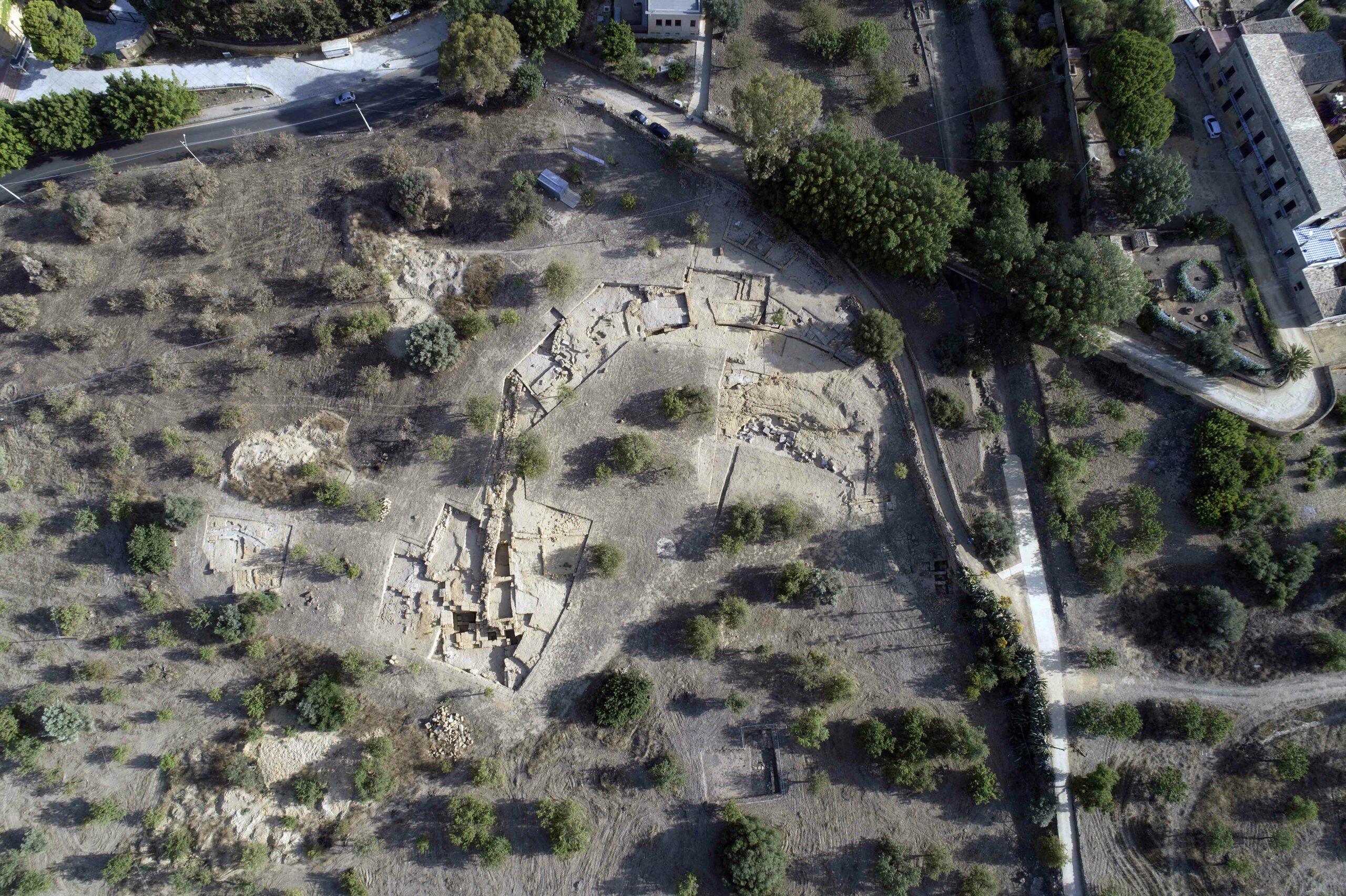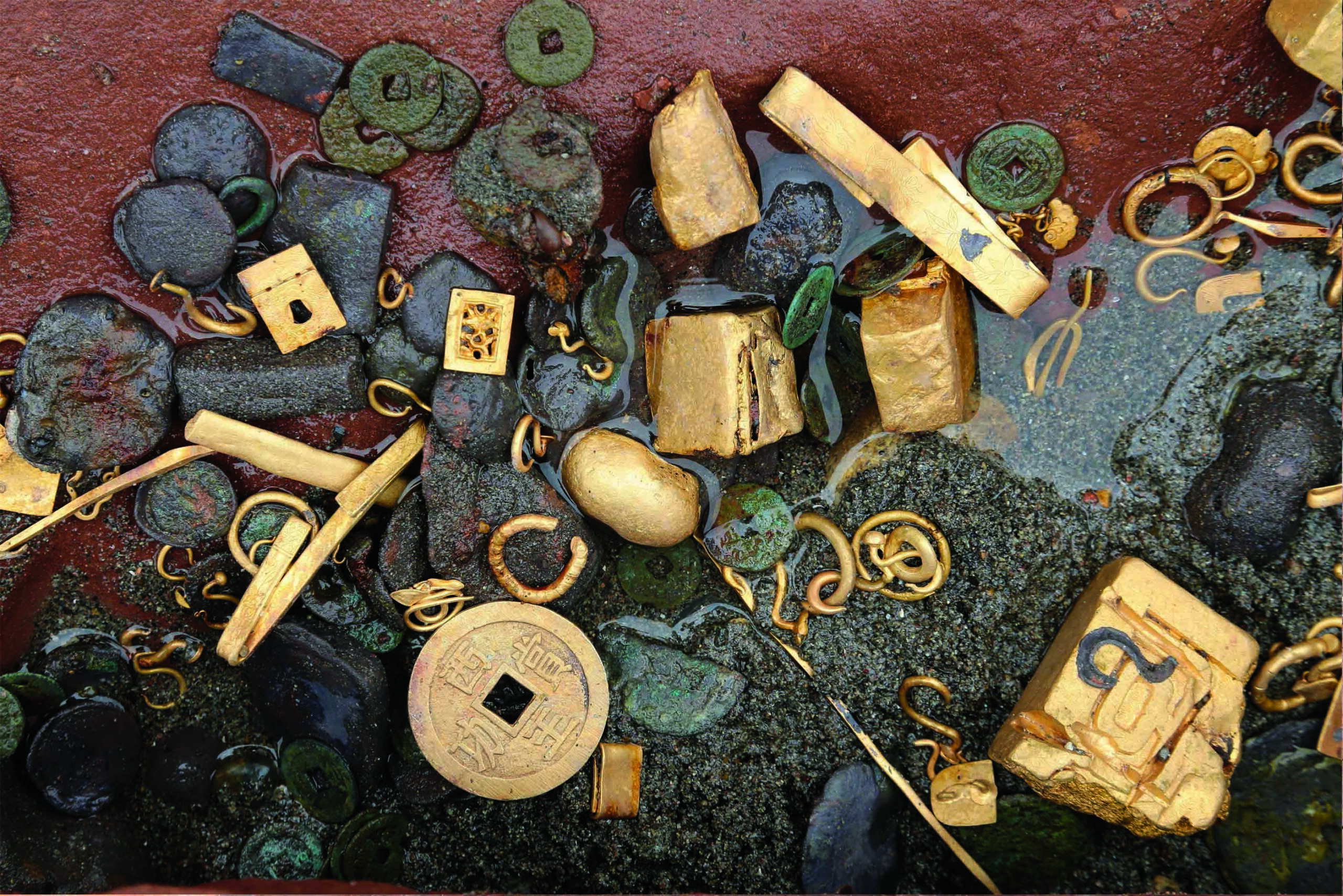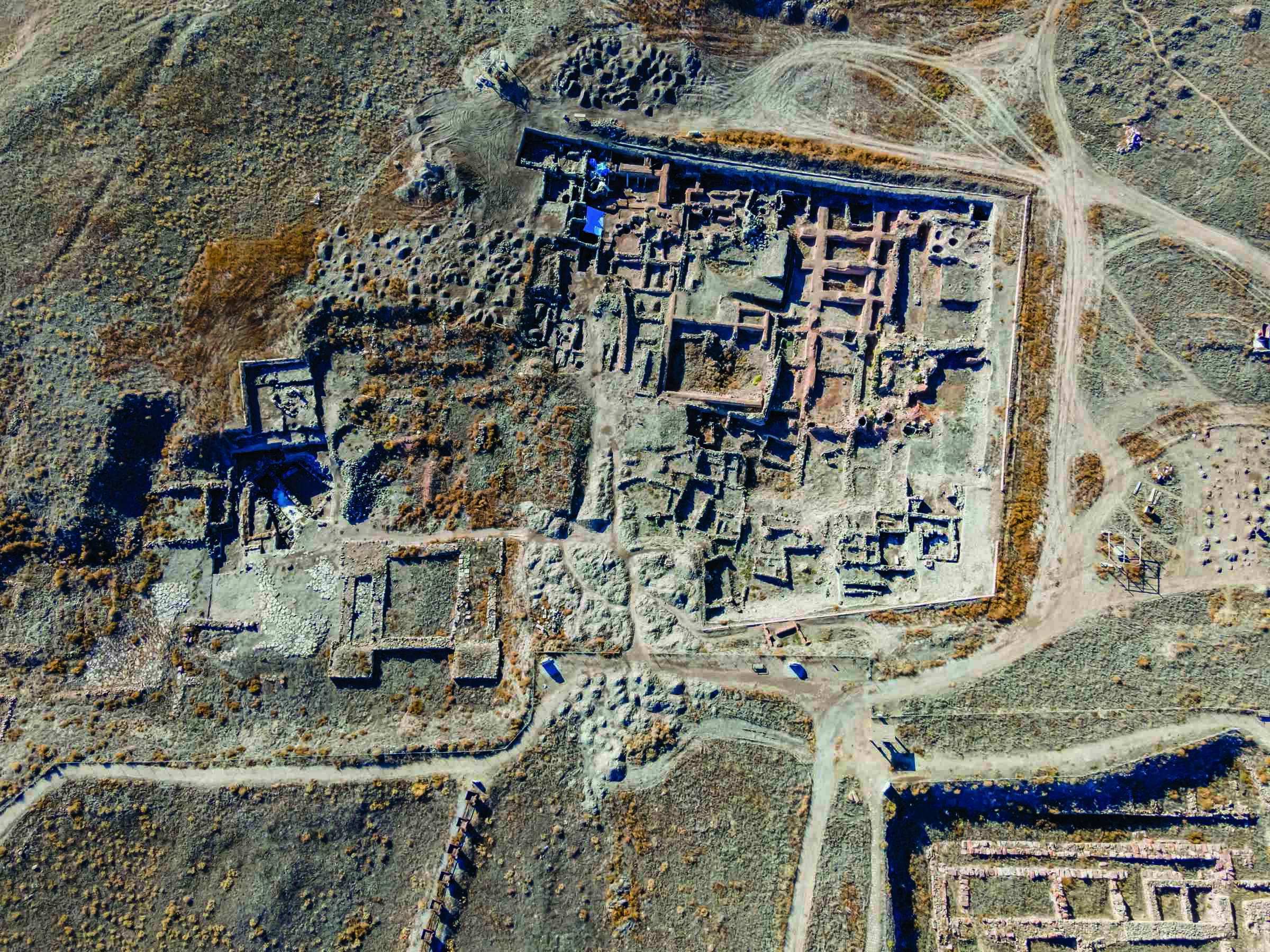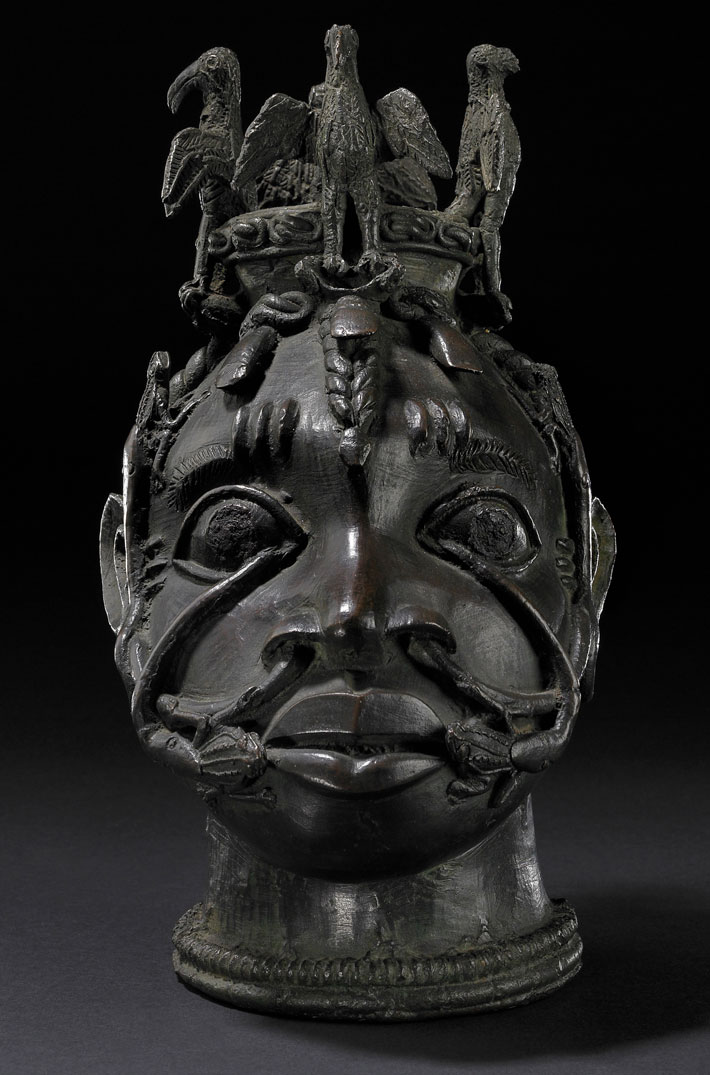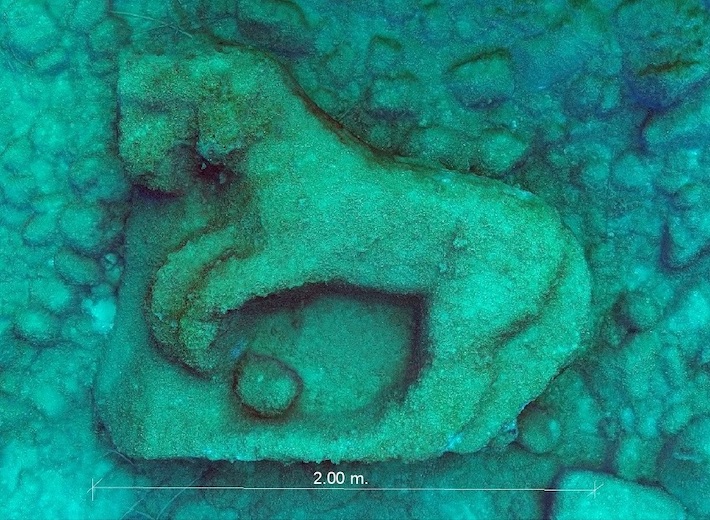
PALERMO, SICILY—Newsweek reports that a marble sculpture thought to have come from the site of the ancient Temple of Olympian Zeus in Agrigento has been recovered off the coast of Sicily, near the mouth of the Akragas River. The city of Agrigento, known today for the Valley of the Temples, was founded under the name Akragas in the sixth century B.C. by colonists from Greece. The unfinished Temple of Olympian Zeus, constructed around 480 B.C., is thought to have been about 370 feet long, 185 feet wide, and 66 feet tall. “If after cleaning and restoration, the hypothesis that it is a frieze of the temple of Zeus is confirmed, it would be the greatest discovery of the last hundred years in the archaeological history of Agrigento,” said Alfonso Lo Cascio of the volunteer organization BCsicilia. The sculpture, found about 1,000 feet from the island’s southern coast, had previously been thought to be a tub or basin. Members of BCsicilia, however, created a 3-D model of the object from more than 200 photographs, showing it to be a relief in the shape of a prancing horse that may have been intended to be placed over a monumental door or window. The organization reported their discovery to the Superintendency of the Sea for the region of Sicily and assisted with its recovery. To read about the discovery of the ancient theater at Agrigento, go to "Sicily's Lost Theater."


